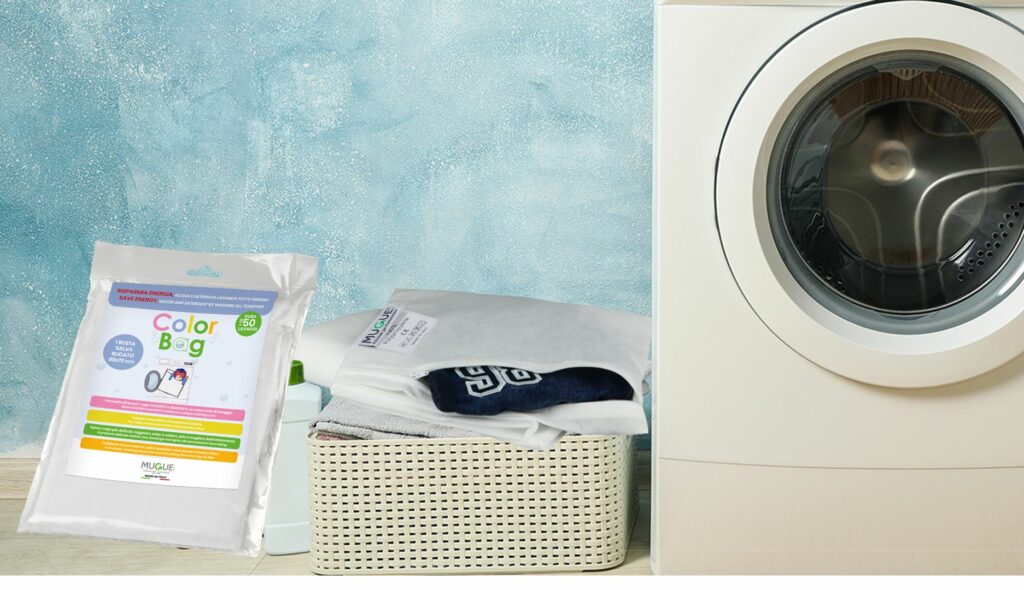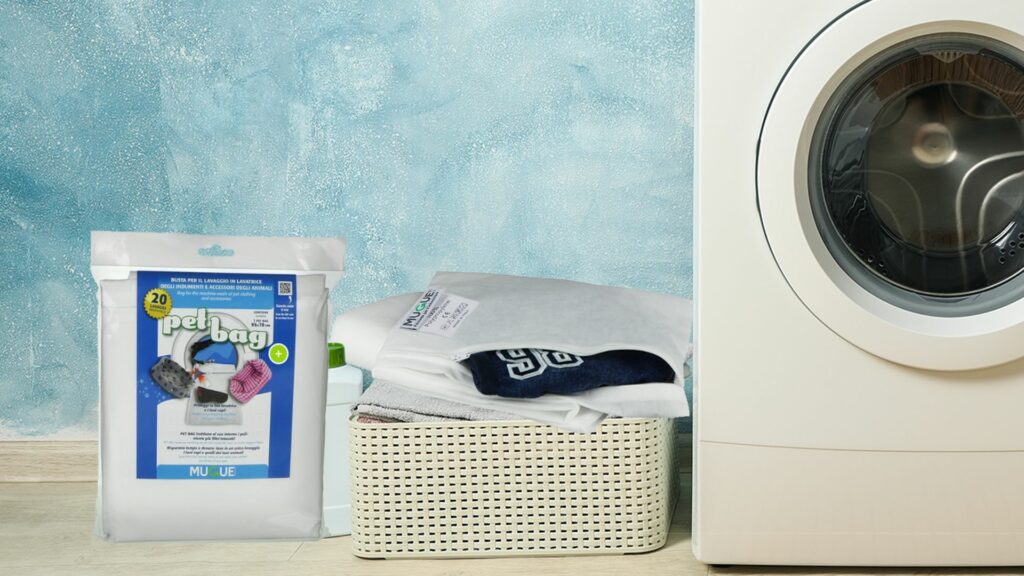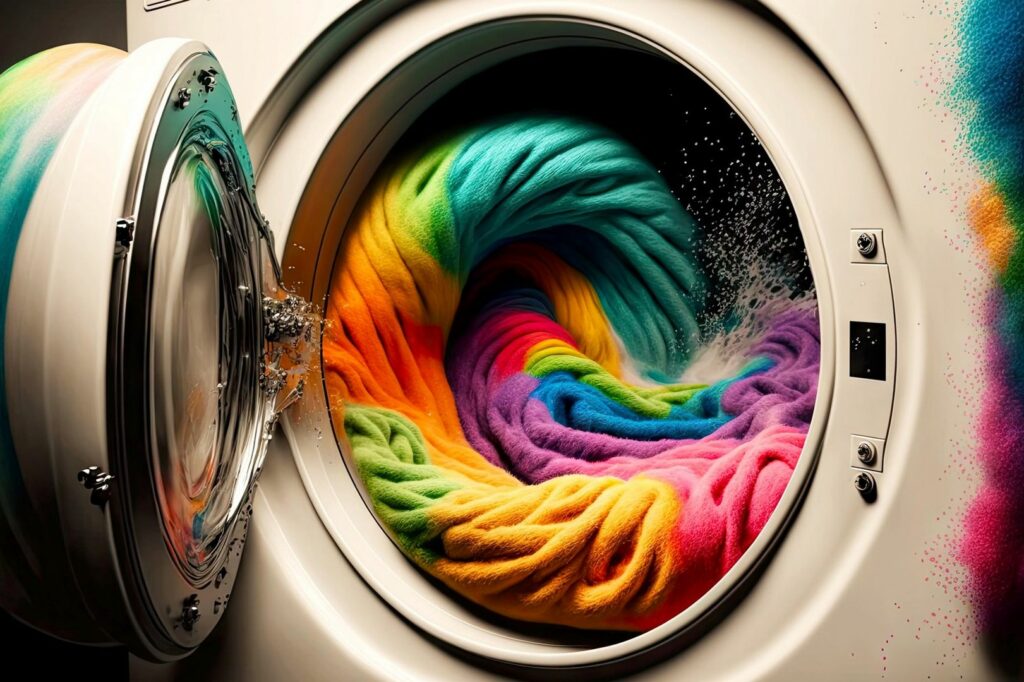Washing laundry is a process that cannot be overlooked, but it is essential to adopt some precautions to limit costs and consumption.
Here are many useful rules for washing laundry in a sustainable way.
Choosing the right washing machine: energy efficiency and load capacity
Opting for an energy-efficient washing machine, preferably class A+++, is the first thing to do to wash your laundry in a sustainable way.
High energy class washing machines consume less electricity per wash cycle, which translates into significant savings on your bill. Furthermore, lower energy consumption leads to a reduced environmental impact, helping to preserve natural resources and reduce greenhouse gas emissions.
But the energy class is not the only parameter to evaluate. Choosing a washing machine of the right size for your needs is essential to optimize the use of the appliance and to obtain maximum washing efficiency. A washing machine with too small capacity could force you to carry out numerous wash cycles, thus increasing water and energy consumption. On the contrary, a washing machine with too much capacity for a small family could be inefficient, especially if you often wash with half a load. Finally, it is important to consider the frequency of washing and the amount of laundry usually accumulated.
For a large family, a washing machine with a capacity of 8-10 kg is ideal, while for a couple or a single person a 5-7 kg model may be adequate.
How to use the washing machine correctly
Only wash when the washing machine is full it is one of the most effective practices for reducing the number of washing cycles and, consequently, the overall consumption of water and energy. To wash laundry in a sustainable way, therefore, it is advisable to only use the appliance with a full load, so as to optimize the efficiency of the washing machine and reduce wear and tear. However, you must be careful not to overload it, so as not to compromise the quality of the wash and not to cause damage to the motor or the drum.
Another tip for sustainable laundry is to wash at cold or low temperatures (30°C): heating the water is in fact one of the most energy-intensive aspects of the washing process, which is why lowering the temperature can reduce energy consumption by up to 40%. % compared to washing at higher temperatures. Many modern detergents, moreover, are formulated to be effective even at low temperatures, ensuring the cleaning of clothes without the need for hot water. Furthermore, washing at low temperatures helps preserve fabrics, keeping colors brighter and preventing garments from shrinking.
Finally, to wash laundry in a sustainable way it is advisable to prefer eco or low-consumption cycles, designed to use less water and energy. Eco cycles, in fact, often take longer than standard cycles, but the reduced use of resources makes them an ecologically and economically advantageous choice. Even when opting for low-energy cycles, it is important to follow the manufacturer’s recommendations to achieve the best washing results. By adopting the regular use of eco cycles, you help reduce the environmental impact of daily household activities.
The importance of choosing ecological detergents

Using biodegradable, eco-friendly or homemade detergents is another important choice for those who want to reduce the environmental impact of their washing habits.
Biodegradable detergents decompose naturally without leaving toxic residues in the environment, helping to preserve water quality and the health of aquatic ecosystems. Not only that: eco-detergents, in addition to being biodegradable, often contain ingredients of plant origin and are free of aggressive chemicals such as phosphates and optical brighteners, which can be harmful to the environment and human health.
Obviously, it is important to choose detergents that preserve the colors of your clothes.
To avoid waste, and to optimize washing, it is advisable to purchase one Color Bag, which allows you to wash colored and white items in a single wash cycle, saving energy, water and detergent.
Finally, carefully following the detergent dosage instructions is essential to avoid waste and reduce water pollution. Overuse of detergent is not only inefficient and expensive, it can also leave residue on clothes and inside the machine, requiring additional rinse cycles that consume water and energy. Furthermore, overdose increases the load of chemicals that end up in wastewater treatment systems, making the purification process more difficult. By using the right amount of detergent, you get clean laundry without unnecessary waste and help protect the environment. Also because many modern washing machines are equipped with automatic dosing systems that help dispense the correct amount of detergent, further optimizing washing efficiency.
How to maintain your washing machine
Keeping your washing machine clean is essential to ensure its efficiency and prevent long-term damage. This includes regular cleaning of the filters, seals and basket. Filters, in particular, can accumulate detergent residue, fabric fibers and other impurities, reducing washing efficiency and increasing energy consumption. The rubber door seals, if not cleaned regularly, can develop mold and bad odors, compromising the quality of the laundry. To clean the washing machine, it is advisable to run an empty wash cycle with vinegar or baking soda every month, so as to eliminate residues and keep the appliance in excellent condition.
Carrying out periodic checks on the washing machine’s pipes and connections is also essential to prevent water leaks and waste. Checking that the inlet and outlet pipes have no cracks, breaks or signs of wear can avoid major problems and expensive repairs. It’s also important to check that the connections are tight and free of leaks, as even a small leak can lead to significant water waste over time. While, checking the correct functioning of the water inlet valve can prevent the risk of flooding.
Finally, it is advisable to rely on products like the Pet Bag for washing animal clothing and accessories. Made of a special material that allows the passage of water and detergent but avoids contact between the items in the washing machine, it retains hair and anything that could clog the filter inside.

Regole di risparmio idrico ed energetico
Infine, per risparmiare risorse idriche, bisognerebbe raccogliere e riutilizzare l’acqua di scarico della lavatrice: l’acqua usata nei cicli di risciacquo può essere riutilizzata per irrigare il giardino o per lo sciacquone del WC. Per farlo, bisogna installare un sistema di raccolta collegato allo scarico della lavatrice, che permetta di deviare l’acqua verso un serbatoio di raccolta, da cui possa poi essere riutilizzata per altri scopi.
Infine, per lavare il bucato in modo sostenibile, e più in generale per ridurre i consumi in bolletta, è consigliabile utilizzare le energie rinnovabili. Installare pannelli solari sul tetto della propria abitazione, ad esempio, può fornire l’energia necessaria per alimentare la lavatrice e altri elettrodomestici, riducendo la dipendenza dalle fonti di energia fossile e diminuendo l’impronta di carbonio.
Adottando tutte queste strategie, il proprio bucato sarà decisamente più sostenibile.





